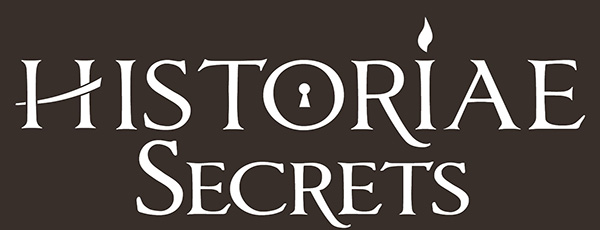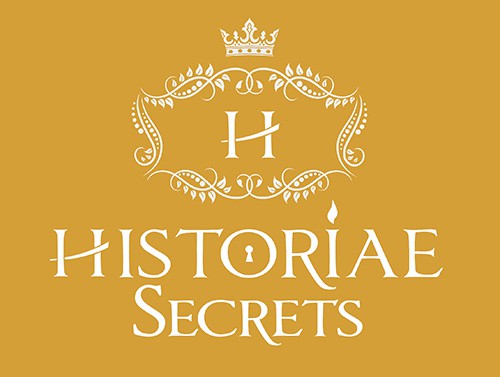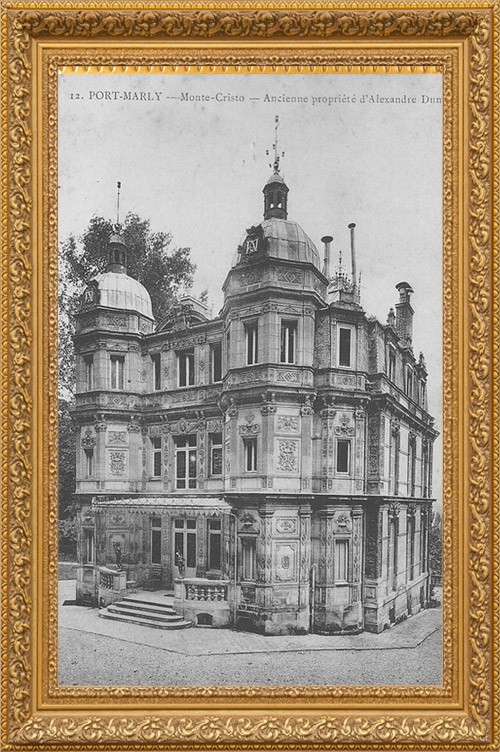The Monte-Cristo Castle
In 1844, Alexandre Dumas, at the peek of his glory after the success of Three Musketeers and Count de Monte-Cristo, purchases a 9 hectare ground on the hillsides of Port-Marly in Yvelines, far away from the Parisian husle.
He asks the infamous architect Hippolyte Durand, to build for him in an English-style park, a Renaissance castle, the castle ...
He asks the infamous architect Hippolyte Durand, to build for him in an English-style park, a Renaissance castle, the castle ...
In 1844, Alexandre Dumas, at the peek of his glory after the success of Three Musketeers and Count de Monte-Cristo, purchases a 9 hectare ground on the hillsides of Port-Marly in Yvelines, far away from the Parisian husle.
He asks the infamous architect Hippolyte Durand, to build for him in an English-style park, a Renaissance castle, the castle of Monte-Cristo, in front of a Gothic detached house surrounded with water, the If Castle.
The castle of Monte-Cristo is a building just like its creator: extraordinary, dreamlike, exuberant. On both turrets of the castle throne magisterially initials interlaced by Alexandre Dumas, as an imperial sign of its consecration so wished.
The facades are completely sculptured and decorated with floral decorations, cherubs and typical musical instruments of the Renaissance. Medallions representing big playwrighters who he was associated with, decorate the windows of the ground floor. In the middle of his peers, the portrait of Dumas welcomes the visitors. On the front wall, the blazon with three eagles of the Davy de la Pailleterie family, to which Dumas belonged, topped with the personal currency of the author: " I love who loves me ".
He asks the infamous architect Hippolyte Durand, to build for him in an English-style park, a Renaissance castle, the castle of Monte-Cristo, in front of a Gothic detached house surrounded with water, the If Castle.
The castle of Monte-Cristo is a building just like its creator: extraordinary, dreamlike, exuberant. On both turrets of the castle throne magisterially initials interlaced by Alexandre Dumas, as an imperial sign of its consecration so wished.
The facades are completely sculptured and decorated with floral decorations, cherubs and typical musical instruments of the Renaissance. Medallions representing big playwrighters who he was associated with, decorate the windows of the ground floor. In the middle of his peers, the portrait of Dumas welcomes the visitors. On the front wall, the blazon with three eagles of the Davy de la Pailleterie family, to which Dumas belonged, topped with the personal currency of the author: " I love who loves me ".
The Castle of IF
In front of the Monte Cristo Castle, on the top of the domain, 100 meters away from the castle, lies the Castle of If, a tiny mansion in the neo-Gothic style, which Dumas reserved for its work of writing. Located in the middle of a small ornamental lake, its access was made by a small stone bridge. Rosettes and half-timberings, make of the detached house a real stage set where the writer stagesd his work: on facades, 88 steles of the previous titles of his works, descriptions of the scenes of his novels beside the names of some of his heroes.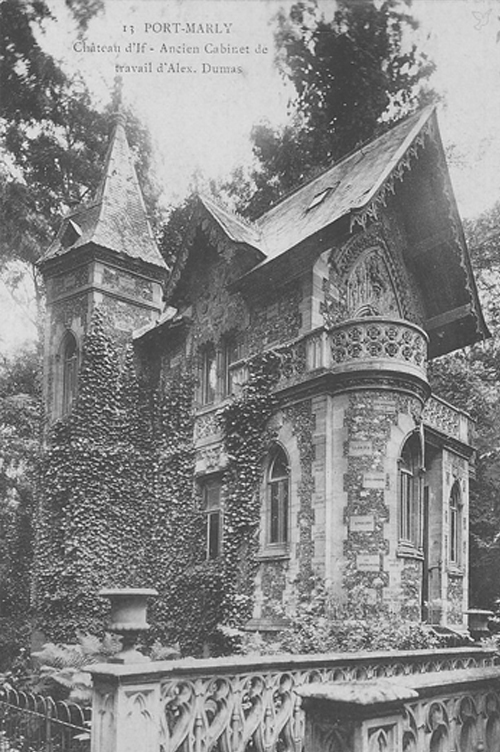
At the ground floor of the If Castle is the study of the writer. He locked himself in there from early in the morning to write in peace and worked on it from ten to fourteen hours a day, interrupted at 11 am by a frugal lunch put on a pedestal table.
HISTORIAE SECRETS offers you a virtual visit
By clicking the image of the Castle below, you will reach the panoramic virtual visit
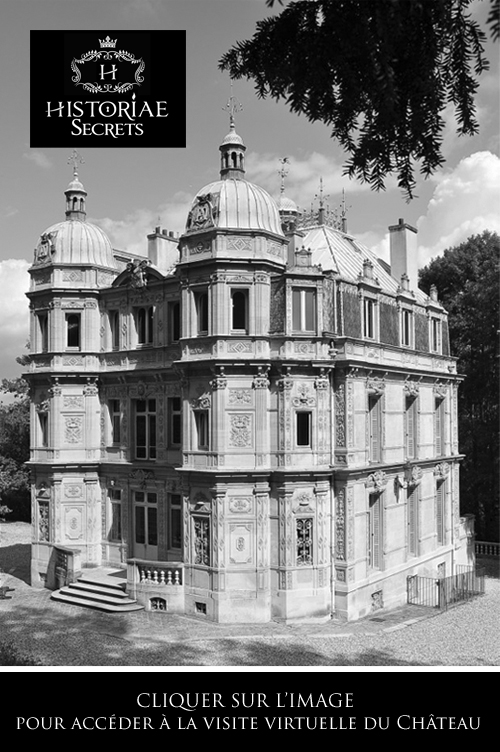
Des objets et des produits d'Art et d'Histoire associés à "The Monte-Cristo Castle" seront disponibles prochainement.
Si vous souhaitez être prévenu
lorque ces objets et ces produits seront disponibles,
saisissez votre adresse email ci-dessous.
lorque ces objets et ces produits seront disponibles,
saisissez votre adresse email ci-dessous.
Votre demande a bien été enregistrée, merci.
Une erreur est survenue, veuillez vérifier votre adresse email et réessayer.
Please verify that you are not a robot.
